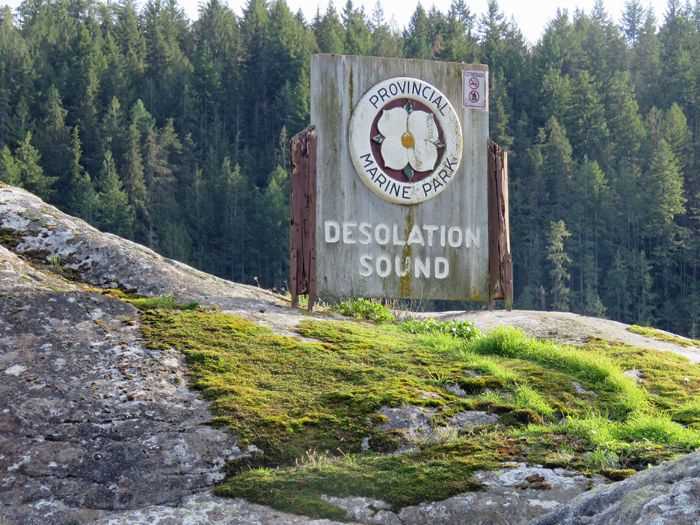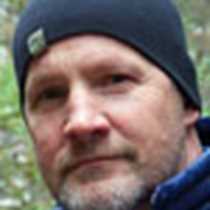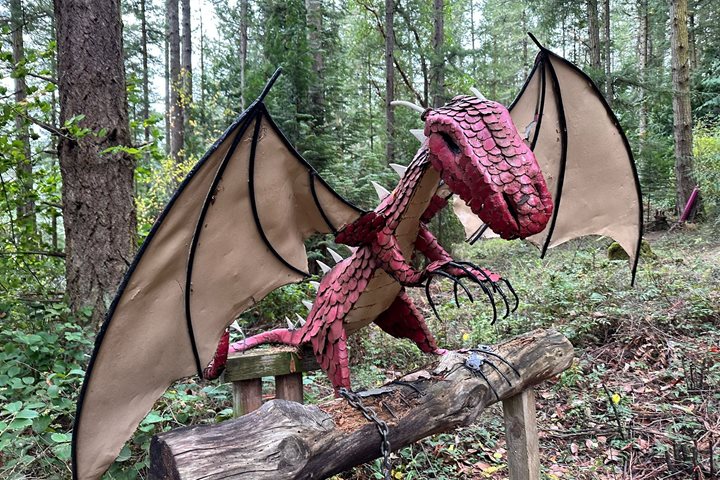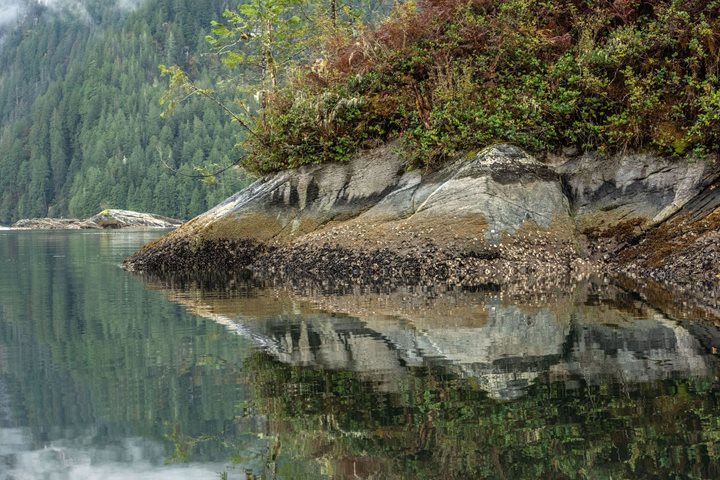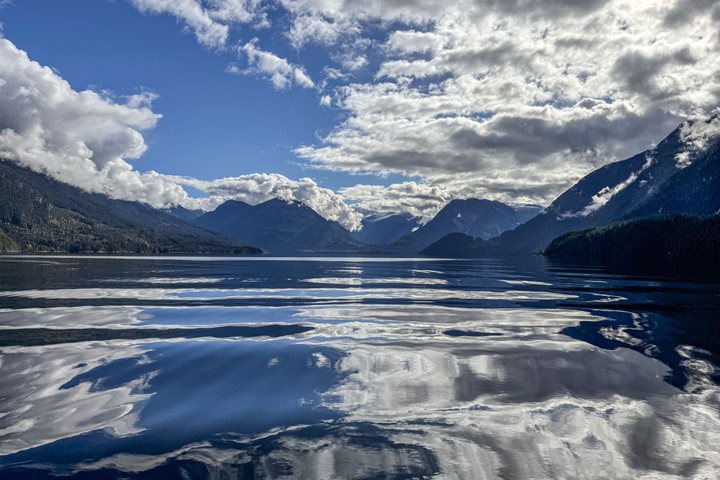Our first day of the voyage dawned bright with our first wildlife sighting of the day, a humpback whale logging near the surface. Those who ventured out of breakfast in time, got a sighting before it disappeared beneath the surface to find its own meal of plankton or forage fish. The rest of the morning was spent in briefings, staff introductions, and how things work aboard the ship, while we cruised northward to our destination at the northern end of Georgia Strait. After lunch we ventured out into Desolation Sound Marine Provincial Park to explore a beautiful wilderness of sheltered bays and islets by Zodiacs, kayaks and paddleboards. A few hardy travelers went ashore to bushwhack their way from cove to cove. Towards the end of the day, we cruised northward to our next destination at Alert Bay, British Columbia.
- Daily Expedition Reports
- 29 Sep 2019
Desolation Sound | British Columbia, 9/29/2019, National Geographic Venture
- Aboard the National Geographic Venture
- Pacific Northwest
John Pachuta, Naturalist
John’s passion is lifelong learning and sharing what he learns about the natural world with explorers young and old. He grew up in rural Ohio and graduated from Marietta College with a BA in Recreation Management. Wanderlust hit when John decided t...
Read MoreShare Report
Exploring British Columbia and the San Juan Islands
VIEW ITINERARYRelated Reports
10/18/2024
Read
National Geographic Venture
San Juan Island, Roche Harbor
The forecast for wind and weather was not off to a strong start on Friday morning approaching the San Juan Islands. But strong winds and unpredictable rains did not stop us. This is a National Geographic-Lindblad expedition, after all! Rolling with the punches is what we do best. And today it meant a morning of braving the conditions for adventurous Zodiac tours outside Roche Harbor and an afternoon of exploration on land to a sculpture garden and hauntingly eery mausoleum. Our morning Zodiac tours jetted through Mosquito Pass and circumnavigated Henry Island. Beachfront homes and luxury yachts would not satiate our need for wildlife discovery and as we cruised around the southern tip of Henry Island, Naturalist Eric Guth spotted a mass of gulls and seabirds collecting atop a suspected bait ball below the bellowing ocean surface. No one knew what to expect when all five Zodiacs zipped and zig-zagged up to the dazzling zenith of these buzzing birds ablaze with hunger, but our mildest expectations were quite literally blown out of the water. For what would gently plop up but one of the most beautiful and elusive pelagic birds of the area, the ancient murrelet! This was a bird I’d been searching for all year, a lifer or first-time bird for me. It has a small, football-shaped body, a yellow beak, and little white eyebrows. Like all unexpected and great things, it was no coincidence that this happened on the last Zodiac tour of the last trip of the last itinerary of the season in the Pacific Northwest. And it was a joy to be able to share it with everyone here!
10/17/2024
Read
National Geographic Venture
Princess Louisa Inlet
National Geographic Venture continued her passage into the fjord system of British Columbia along the Sunshine Coast. Just before sunrise our floating home slowed inside Jervis Inlet at the entrance of Princess Luisa Inlet and Marine Provincial Park. The privilege of being able to see this small piece of paradise is because of one man, James F. “Mac” Macdonald. Mac first saw Princess Louisa Inlet in 1919. This small fjord stole Mac’s heart, and he made it his life’s mission to call this place home. After many years prospecting, Mac struck it rich and was able to purchase 45 acres at the back end of Princess Louisa Inlet right next to Chatterbox Falls, where he remained for the rest of his life. After hosting many visiting small boats, Mac turned his property over to the boating public in 1953 and it eventually became a British Columbia Provincial Marine Park in 1965. In chilly temperatures and clear skies, we explored the five-mile stretch of Princess Louisa Inlet by Zodiacs, also landing in two different sections of this marine park to go hiking, enjoying its beauty from many different perspectives.

